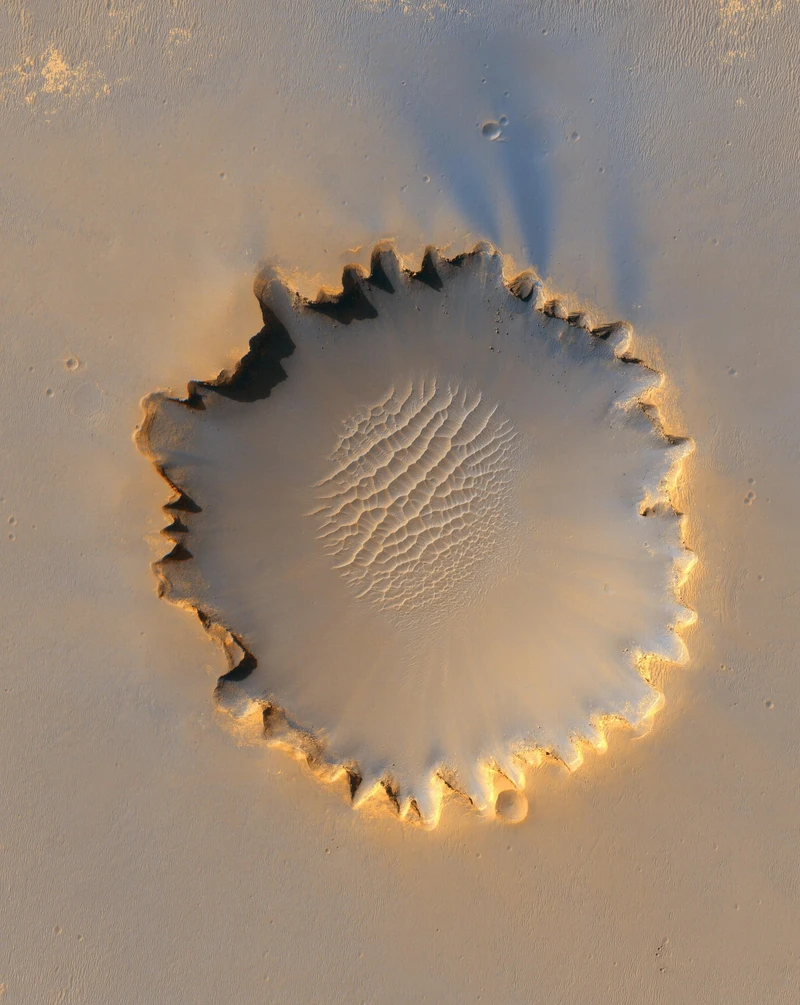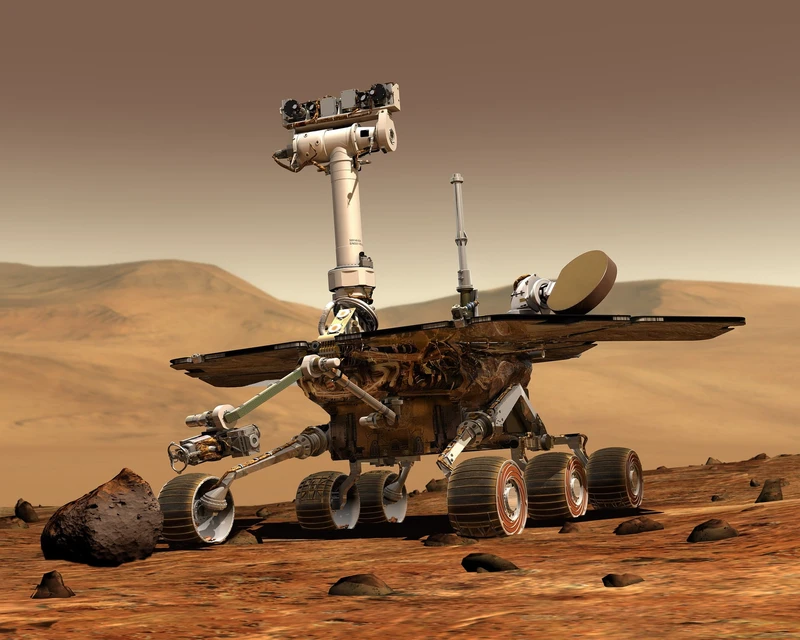Scientists have long been interested in whether there was an ocean on Mars, where it came from, how large it was, how deep it reached, and ultimately, where it went. Currently, numerous scientific studies indicate the presence of an ocean on the Red Planet.
Just recently, scientists began discussing the discovery of a coastline of an ancient giant ocean on Mars, dating back 3.5 billion years. And now, suddenly, there’s fresh news: a team of Danish astronomers and astrophysicists has concluded that 4.5 billion years ago, the surface of young Mars may have been covered by an ocean. Its depth reached 300 meters or more. Therefore, the planet at that time was potentially suitable for the emergence of certain forms of life.
What did the researchers find out?
If we imagine a physical map of young Mars, it could hardly be called the Red Planet. It was a completely different color, perhaps even similar to our Earth – a bluish hue. Moreover, it was likely not icy and dusty, but rather wet and warm.

A team led by Martin Bizzarro, a professor at the University of Copenhagen, has established that young Mars experienced bombardment by ice-filled asteroids. This occurred during the first 100 million years of the planet’s evolution, the publication reported. Sci.news About 4.5 billion years ago, the water brought by asteroids was more than enough to cover the planet with a global ocean.
To reach these conclusions, researchers analyzed the variability of chromium isotopes (54 Cr) in 31 samples of Martian meteorites that once fell to Earth. Some of them were once part of Mars’ original crust.
Scientists have discovered that, in addition to water, icy asteroids also brought biologically important molecules, including amino acids, to Mars. According to researchers, the organic compounds that reached the planet could have been a prerequisite for the emergence of life.
Regarding the ocean, it could have covered the entire young Mars. The depth of the ocean was no less than 300 meters and could even reach one kilometer, noted Professor Bizzarro. According to him, this discovery was made possible because Mars lacks plate tectonics.

While the lithospheric plates on Earth are constantly moving, recycling, and breaking down in the depths, all evidence of what happened during the first 500 million years of its history has been erased. In contrast to Earth, the surface of the Red Planet preserves records of its early history.
The results of the new study were first published by the journal. Science Advances .
For reference Mars is 4.65 billion years old. The period of early Mars ended about 4 billion years ago.
